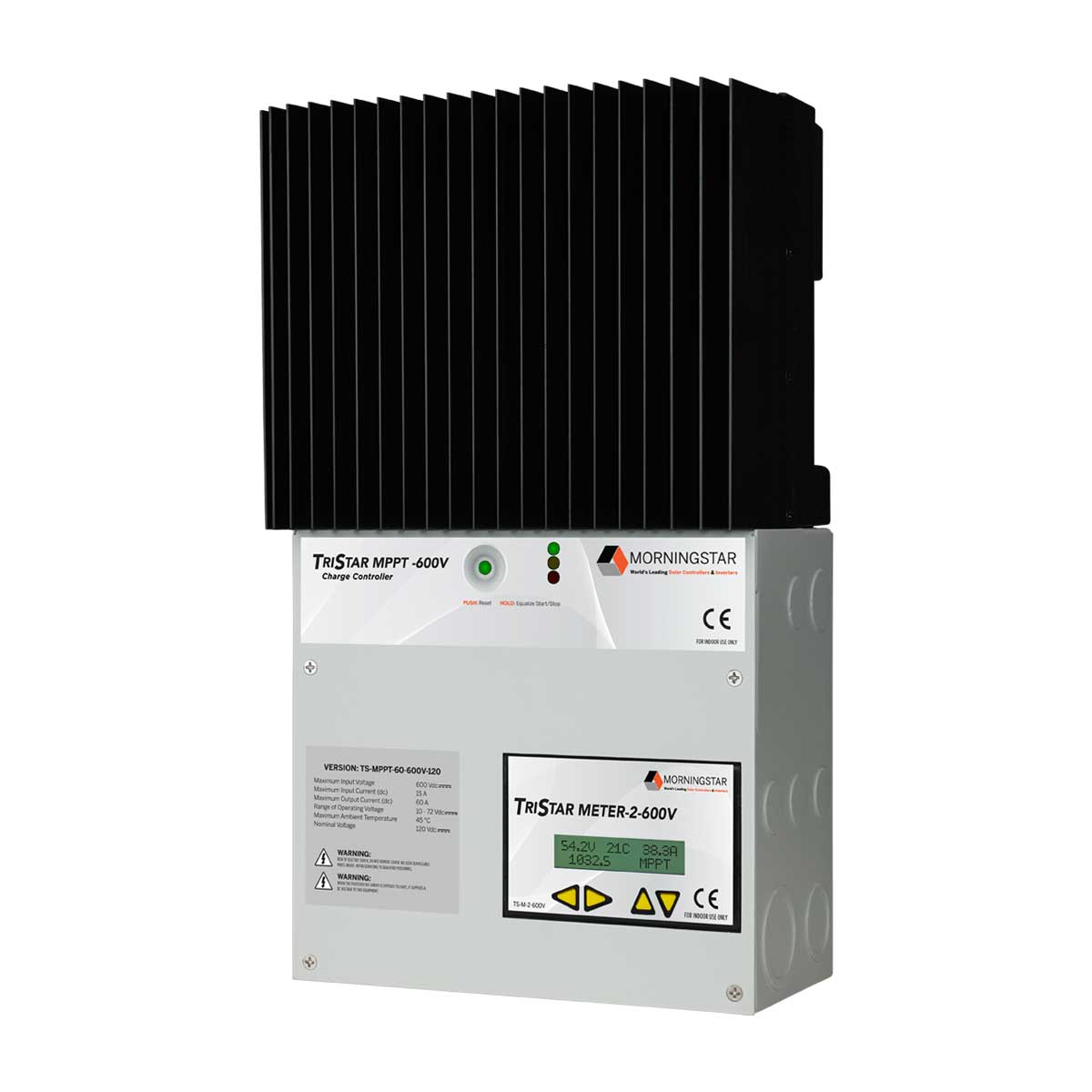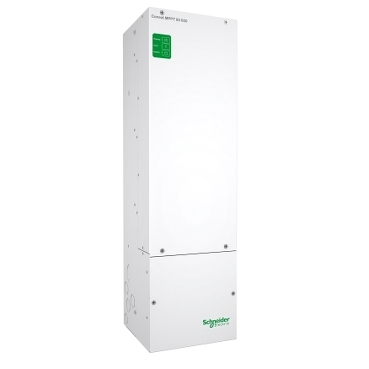Hello to everyone. As you might have already guessed by me screen name, I may be a little needy. At any rate, here goes my question.
I am in the planning phase of our new pv system. Our meter is on a pole about 200’ from the north side of our home. The pole is very close to the nearest place to ground mount our pv array. I, probably like many of the newbie solar rangers, have put the cart before the horse and ordered my solar panels before I got far enough into my research/education, and now I’m at the point where I need to start figuring out what electronic devices (charge controller, inverter/charger, etc) I should use and what type of system I am building.
I had figured to do a 4x4 system of strings in parallel which based on my 40.73(VOC) and 10.79(ISC) would result in 162.92(VOC) and 43.16(ISC) at my combiner box. Of course you can see my problem here, having 53.95(ISC) , based on the additional 1.25 added for safety. This setup could work with some serious wire. I believe it is 2|Oawg based on Sunking’s chart.
So now, do I just build a shed and go hybrid grid tied to the pole(which also gives multiple options) or do I just pay the wire guy for the 2|0 cable, or do I use micro inverters?
I would really like to do a 48v system and my initial thought was to do a hybrid hybrid grid tied system wherein to use the grid as a backup power supply, but I do not actually net meter back to them.Thank you for reading. Any advice will be appreciated.
I am in the planning phase of our new pv system. Our meter is on a pole about 200’ from the north side of our home. The pole is very close to the nearest place to ground mount our pv array. I, probably like many of the newbie solar rangers, have put the cart before the horse and ordered my solar panels before I got far enough into my research/education, and now I’m at the point where I need to start figuring out what electronic devices (charge controller, inverter/charger, etc) I should use and what type of system I am building.
I had figured to do a 4x4 system of strings in parallel which based on my 40.73(VOC) and 10.79(ISC) would result in 162.92(VOC) and 43.16(ISC) at my combiner box. Of course you can see my problem here, having 53.95(ISC) , based on the additional 1.25 added for safety. This setup could work with some serious wire. I believe it is 2|Oawg based on Sunking’s chart.
So now, do I just build a shed and go hybrid grid tied to the pole(which also gives multiple options) or do I just pay the wire guy for the 2|0 cable, or do I use micro inverters?
I would really like to do a 48v system and my initial thought was to do a hybrid hybrid grid tied system wherein to use the grid as a backup power supply, but I do not actually net meter back to them.Thank you for reading. Any advice will be appreciated.



Comment